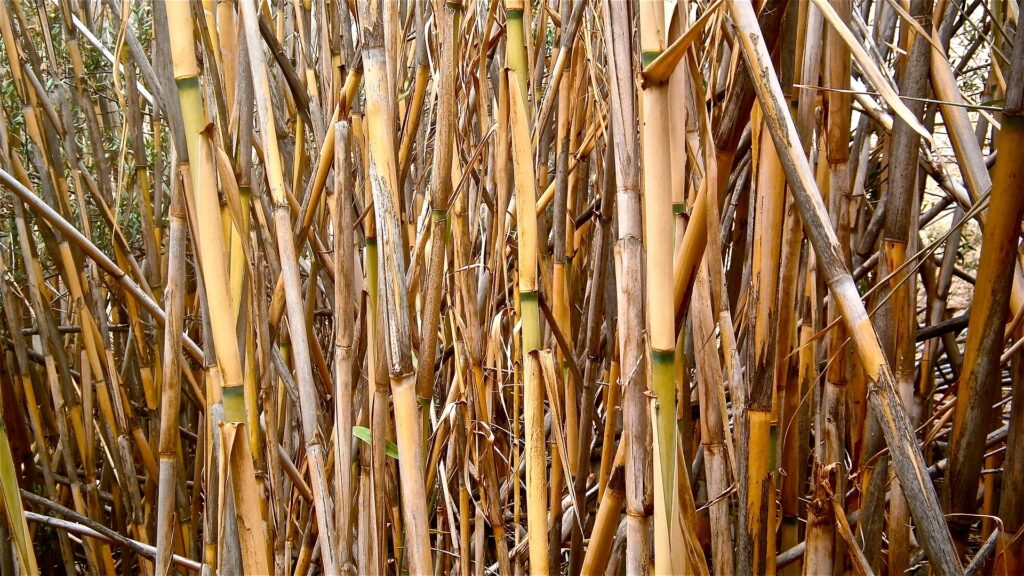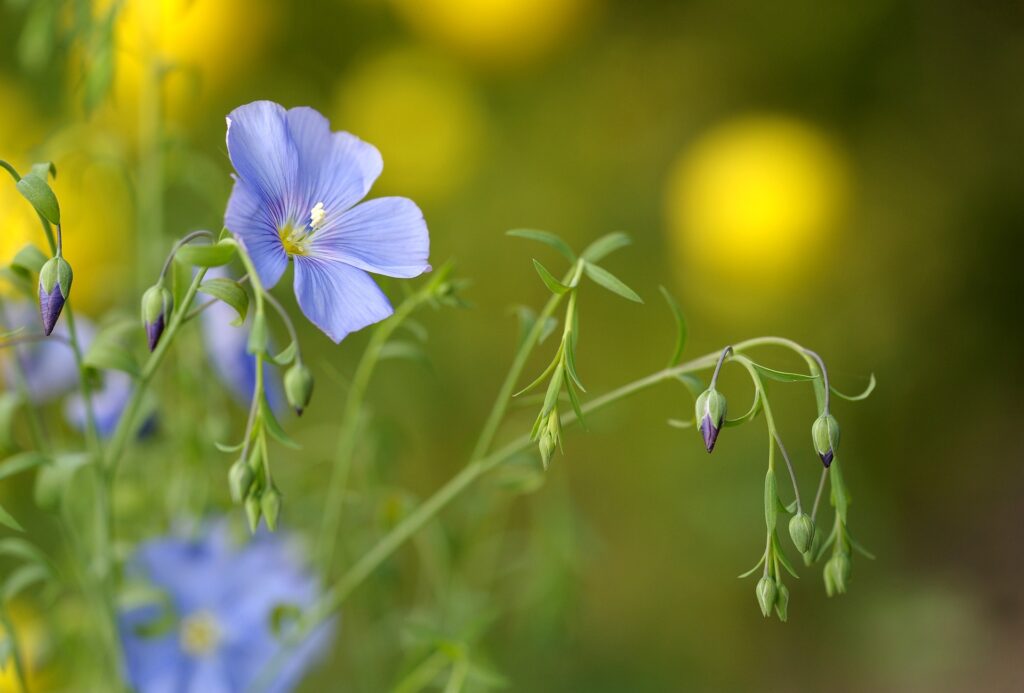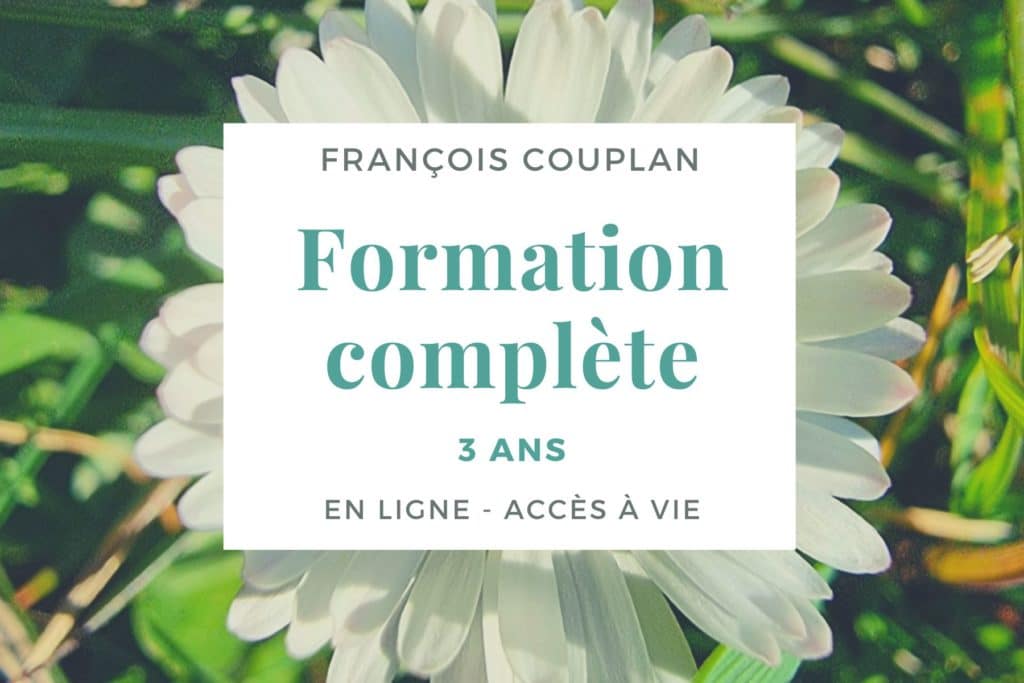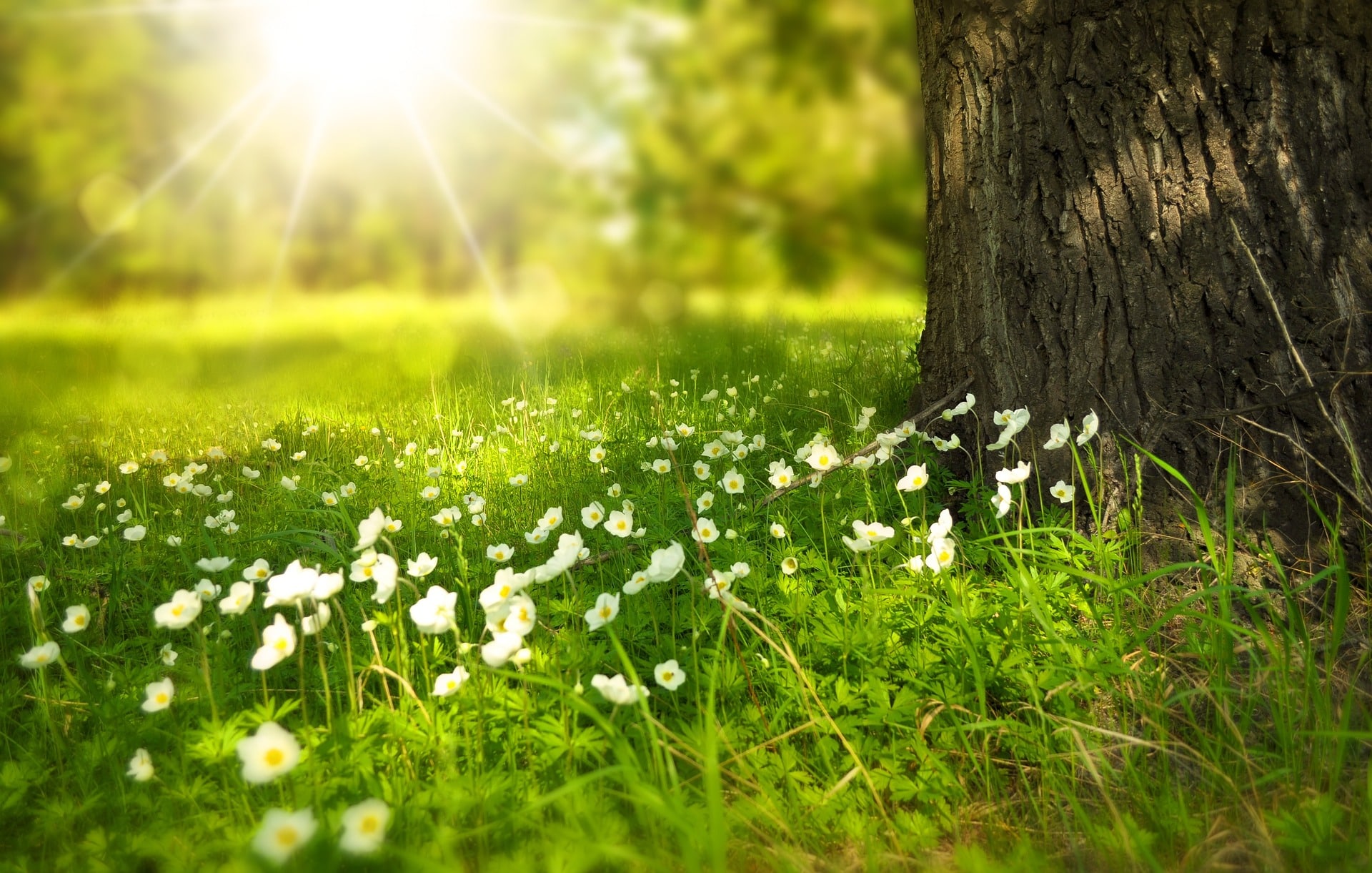Meadows and woods, seashores and mountains, paths and wasteland reveal a multitude of plants in an infinite variety of colors and shapes. Appreciating this symphony of plant life with your eyes is merely to whet your appetite: the experience of such richness also involves the hands, the nose and the taste buds. Exploring plant textures with your fingers, caressing soft leaves or rough bark, opens up unsuspected worlds. How many emotions can arise from the scent of a flower, the fragrance of a delicately crumpled stem! And how many delights lie dormant in crunchy, juicy roots, fresh-tasting shoots, fruits whose flavors surpass the imagination…
Awareness of the extreme diversity of the plant kingdom, of its moving beauty and prodigality, opens up the universe. The life of wild plants begins on the doorstep and extends without limits. Grasses, shrubs and trees, even the most insignificant, are an invitation to promising encounters.

At a time that seems so long ago, our ancestors evolved freely in the original environment, drawing their sustenance from it without recourse to agriculture. Many traditions depict these times as a “golden age”. Over the centuries, as the countryside came to dominate nature and then the city, the age-old union of man and plant has been steadily eroded. Our predecessors lived out their perfect knowledge of flora on a daily basis, in symbiosis with the plants that provided them with food, shelter, clothing, heating and care. They also provided them with the means to adorn themselves, dye their clothes, make containers or weave ropes. Sometimes, softened bark was used to make dresses and blankets, as is still the case in Amazonia and Hawaii. Musical instruments miraculously sprang from hollowed-out leaves, stems or trunks. Roots, wood and fruit provided poisons for fishing and hunting. Plants were present in most areas of life. Fortunately, this harmony with plants has not completely disappeared, and I’ve been lucky enough to meet people who are still closely linked to nature.
Despite my Parisian origins, which seem hardly conducive to the discovery of nature, plants accompanied my first steps on the mountain paths where my mother took me. A tumultuous adolescence in the city tried to keep me away from them. It was plants that helped me out of the deep existential crisis I was going through at the time: our reunion took place at a crucial moment, saving me from the abyss. At last, I rediscover balance and well-being. Amazed by my new experiences, I set out to explore plants and their uses. Wild herbs nourish my body and soul, and nature satisfies my fundamental need for independence.
My encounters with flora first took place in the lush Alps, then in most of France’s varied environments. They then multiplied prodigiously through my travels. From Europe to America, to the Pacific islands, then from Africa to Asia, my devouring passion has found something to satisfy and renew itself, among some 400,000 species.[1] of plants, not to mention mosses, lichens, algae and fungi[2].

One thing led to another, and the study of the relationship between plants and people through the ages and across the planet led me into the field of ethnobotany. A sort of hybrid between ethnologist and botanist, the ethnobotanist is interested in the history of the sometimes tumultuous love affair between people and plants. My personal interest is particularly focused on wild edible plants, which I have set out to catalogue across the continents. Since time immemorial, people of all cultures have consumed thousands of them. Unfortunately, in some countries, particularly in the West, most of them have been forgotten, and the rest of the world is following fast behind, a victim of the tentacular invasion of our way of life and thinking. The variety of foods on our plates has drastically diminished, and we now depend on just a few plant species for our food.
Yet there are plenty of good reasons to rediscover these neglected plants. They offer the opportunity to discover countless new flavors. Some of the world’s top restaurateurs have understood this, and are now featuring some of these unjustly neglected plants on their menus. And now that the media are spreading the word about them, it’s no longer possible to ignore them, as they are enjoyed in the gastronomic finery of these culinary artists. Wild plants are also the best allies for our health, thanks to their exceptional virtues. I’ve experienced it for myself, and numerous studies confirm it: they’re real nutritional bombs. Their regular consumption could replace the rapidly expanding use of dietary supplements, at lower cost and in a pleasant way. The effect of plants on health doesn’t stop at prevention. Many of these plants also possess curative virtues that can be enjoyed by eating them. Hippocrates wrote: “Let your food be your medicine”.
Ethnobotany isn’t just the preserve of specialists, but is practised by everyone who eats potatoes, beans, carrots or cauliflower – originally wild plants, long since modified by man, the demiurge of the kitchen garden. Many other natural plants could find their place in our crops: among them are perhaps the vegetables of tomorrow. Others can make do with a form of semi-cultivation: simply transplant them to a corner of the garden and leave them to fend for themselves until harvest time. An added advantage is that perennials return to the same spot every year, while annuals propagate on their own. No need to resow.

But I also think it’s essential to pick wild plants where they grow spontaneously. Because they live in harmony with their environment, are subject to natural selection and are not drowned by watering, these plants are always richer in nutrients than their cultivated counterparts. What’s more, harvesting them yourself is another reason to get out into nature, which is essential to our mental equilibrium. It’s important to develop a close relationship with nature. Life has taught me that knowledge of herbs, even those as common as yarrow or plantain, is essential to our personal development. Carefully hidden in most of us, the forager lives on in all of us. Today, foraging, cultivation and semi-cultivation could intelligently complement each other to provide for human needs in the best possible way.

Discover our online course designed by François Couplan, an internationally recognized expert in ethnobotany with over 50 years’ experience. With 30 modules, 120 courses and high-quality theoretical instruction complemented by field courses, this unique three-year training program will enable you to become a professional in the uses of plants. Accessible to all, it explores in depth the relationship between man and plants, opening up exciting professional opportunities. Join us to deepen your knowledge, explore the plant world and develop a rewarding relationship with nature.
It’s possible to live differently than by wasting energy on ever-increasing artificial demands. Life can be far more enriching, fairer and more harmonious than being trapped in work that is too often tedious and leisure that is often compensatory. Intimacy with plants has enabled me to lead a life very different from what Western civilization tries to impose. The benefits were so great that I soon felt the need to share my discoveries, first with friends, then more widely in the form of conferences, courses and books, complementing my research with teaching.
As I evolved in contact with the plant world, Le Clézio’s wise words took on their full meaning for me: “It is plants that save men.[3] “.
[1] A species is a group of individuals possessing certain characteristics in common and capable of reproducing among themselves by transmitting these same characteristics to their offspring.
[2] Strictly speaking, fungi are no longer classified among plants, but in a kingdom of their own.
[3] La Quarantaine, J.-M. G. Le Clézio, Gallimard, Paris, 1997

